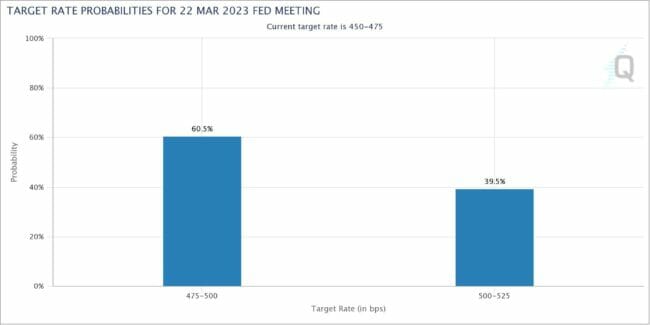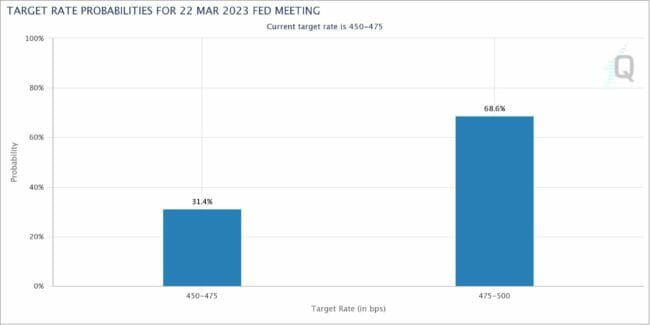Here’s Why Investors Can’t Afford To Ignore The Bond Market’s Warnings
The bond markets are sending signals that the economy may be softening. And they are anything but subtle – more like clanging bells and shouts from the rooftops.
Treasury yields tell us quite a bit. They communicate the collective expectations for the investment community vis-à-vis inflation and economic growth. The higher the perceived risk, the higher the yield the market demands. Normally, there is an upward-sloping yield curve as payouts on long-term notes are higher than those on comparable shorter-term securities.
Any bank CD investor knows that.
But when the yield curve inverts and short-term instruments pay more than long-term, the markets are saying that trouble lies ahead. And that’s exactly what we’re seeing now.
Short-term bonds are very responsive to the Fed and have shot higher over the past year. But concerns are mounting that the economy will soon stall, precipitating future rate cuts. That scenario has propped up longer-term bond prices, keeping their yields in check.
We’ve had an inverted yield curve since July. But it reached a new extreme last week. Hawkish comments from Fed Chief Jerome Powell sent 2-Year yields climbing above 5% a few of days ago, while 10-Year yields sank below 4%. Both of those have retreated, but at the widest point, the spread hit 103 basis points. For the record, that’s the deepest inversion since September 1981, when Powell’s predecessor Paul Volcker was locked in a similar battle with inflation.

As we’ve discussed before, an upside-down yield curve is a harbinger of recession. While there have been a few false-positive readings in the past, this phenomenon has immediately preceded every single economic downturn since 1955. And this one is a doozy – the most lopsided in forty years.
What Investors Should Do
How should we handle this? Don’t ignore it. Historically speaking, bonds have been better at reading the economic tea leaves than stocks. Yield changes tend to be an early indicator, whereas corporate earnings (by definition) are a lagging indicator – a bit like predicting snow once the ground is already white.
For now, I advise caution. The double-whammy of inflation and rising borrowing costs have pinched consumer spending, and further rate hikes could stress retail and commercial lenders. I was keeping a watchful eye on bank delinquency and default rates before the recent collapse of Silicon Valley Bank (SVB) and Signature Bank. And now, I will be watching even closer. (If you missed my take on the situation, you can read it here.)
There may be a silver lining. Before the SVB fiasco, the odds of another half-point rate hike at the upcoming March meeting were about 40%.

Source: CME FedWatch Tool
Today, the odds of a half-point hike are essentially off the table. Now, according to the CME FedWatch Tool, the probability of a quarter-point hike are about 68%. And the chances of no hikes at all stand at about 31%.

Source: CME FedWatch Tool
Closing Thoughts
That brings up another point. Investors can now pick up risk-free yields near 5%. All things equal, that makes stocks (which offer far more volatile long-term average returns of 9%) less attractive. From a purely mathematical perspective, the net present value of future corporate cash flows has decreased – meaning individual shares are also worth less.
On the bright side, dividends can shine in this type of environment – especially when they outpace inflation. And our holdings over at High-Yield Investing continue to reward investors with more generous distributions. (The portfolio generated nearly $1,000 in dividends and interest last month.)
We plan to collect even more starting this month. So if you want to get paid from some of my absolute favorite high-yield picks, here’s how…
In our latest report, my team and I reveal 12 dividend payers that pay investors (no matter what the market does). And even better, they all pay monthly. If that sounds appealing, then you can’t afford to miss this report.
